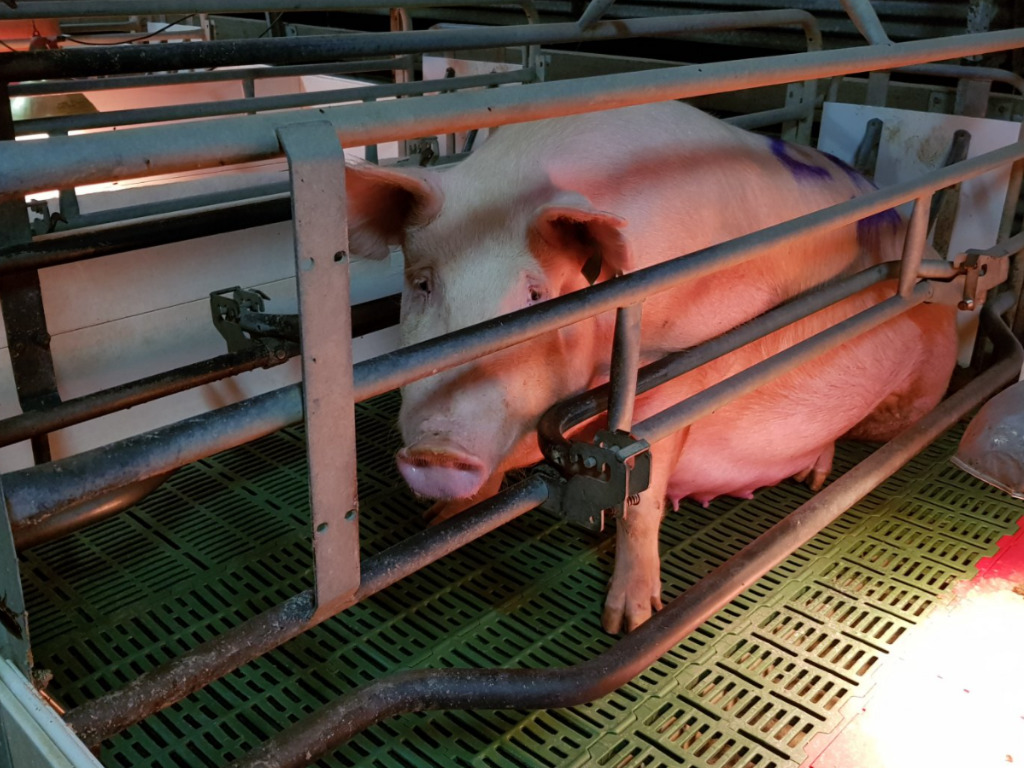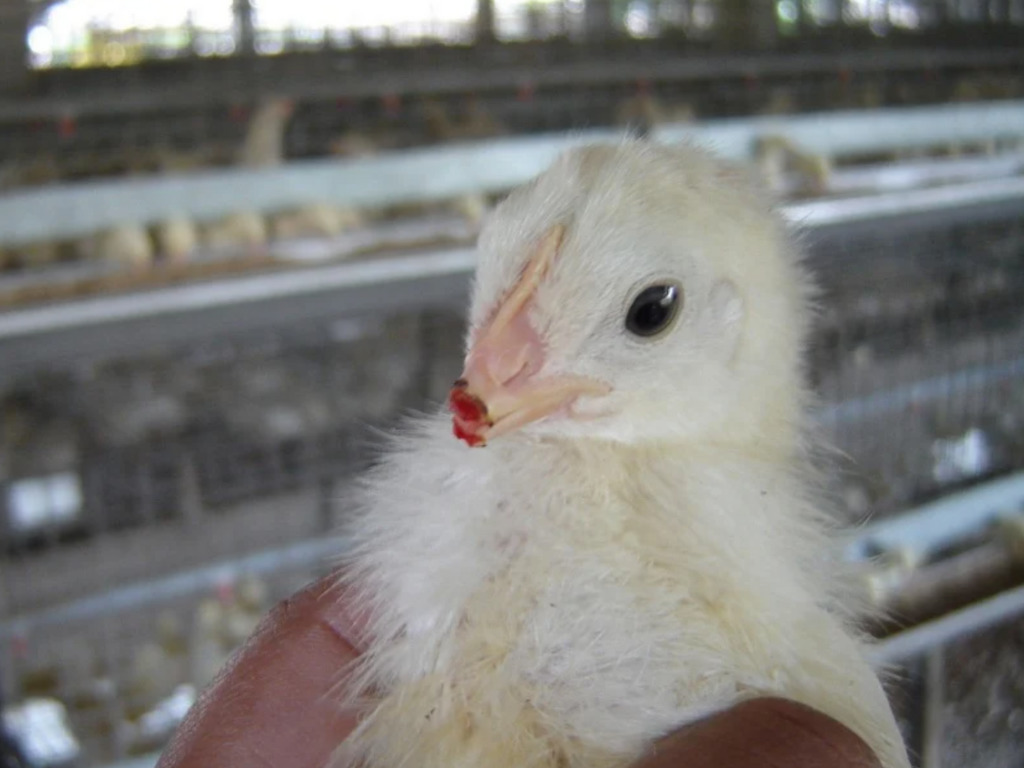3 Mins Read
The Australian Competition and Consumer Commission (ACCC) rejected an application proposing the use of labelling animal-based products as ‘Certified Humane’. Several animal rights organizations urged the ACCC to take this decision claiming that slaughtering animals is never ‘humane’.
Call for humane labelling
U.S.-based Humane Farm Animal Care (HFAC) sent the certification trademark (CTM) application to introduce the ‘certified humane’ labels in Australia for animal-derived products.
According to the animal rights group, PETA, the company claims to work on making the lives of farm animals better by implementing strict standards.
On its website, HFAC states: “The goal of the program is to improve the lives of farm animals by driving consumer demand for kinder and more responsible farm animal practices. ” Its standards require farm animals to be fed nutritious diets without the use of hormones, keep them in proper shelters and allow the space to encourage natural behaviors.
HFAC’s Certified Humane label is presently used in countries around the world like Canada, the U.S., Colombia, New Zealand, and India.
Is slaughtering animals ‘humane’?
Following this application, PETA, the Royal Society for the Prevention of Cruelty to Animals (RSPCA), and Vegan Australia, among others urged the ACCC to reject the call for new labeling.

PETA Australia highlighted that calling products that slaughter animals ‘humane’ is misleading to consumers. “In our submission on the application, we pointed out that no process that turns a living, feeling being into dismembered, bloodied cuts of flesh can ever be described as “humane”. For consumers, the term “humane” conjures up images of animals enjoying happy lives and enduring minimal suffering during the slaughter process. However, even if welfare guidelines were strictly followed, these idyllic visions wouldn’t align with the reality of contemporary animal agriculture.”
No process that turns a living, feeling being into dismembered, bloodied cuts of flesh can ever be described as “humane”
PETA
Inhumane welfare standards
The humane’ certification would follow certain welfare standards under which the animals in these farms would be treated. For instance, pregnant and newly nursing female pigs are allowed to be crammed inside crates around 1.8 metres by 2.4 metres in size.
Hens have their beaks trimmed preventing them from pecking one another. However, trimming their beaks could result in lower levels of sensitivity and make the bird’s beak non-functional. Hot and freeze branding cattle are listed in these standards.

Read: Australia’s Alt Protein Sector Poised For Exceptional Growth Thanks To Homegrown Superstars
Lower standards compared to Australian Consumer Law
Taking this into account, the ACCC rejected the CTM. It cited concerns of misleading Australian consumers who believe in animal welfare and defining the ‘humane’ treatment of animals to them would be a difficult process.
In addition, it stated that Australian producers are already under the requirement to meet welfare standards. “Consumers may incorrectly assume that produce that does not bear any mark may not have been produced humanely. Even though producers may have met strict animal welfare requirements.”
HFAC standards state that for eggs to be certified as free-range, it requires a maximum outdoor stocking density of 52,631 hens per hectare. However, the Australian Consumer Law has set the number to be 10,000 hens per hectare, way lower than HFAC’s.
In an effort to ban ‘vegan’ meat labeling, just some time ago, Queensland senator Susan McDonald came under fire for launching an inquiry into the use of terms like “vegan bacon” or “meatless sausages” for plant-based foods. She questioned the “meaty” terms used in these products and called for vegan companies to “come up with their own distinct terms instead of trading off long-established names of animal proteins.”
Read: Texas Lawmakers Pass Bill Banning ‘Beef’, ‘Chicken’ & Other Meat Terms On Plant-Based Labels
Lead image courtesy of Jack Sparrow/Pexels.




